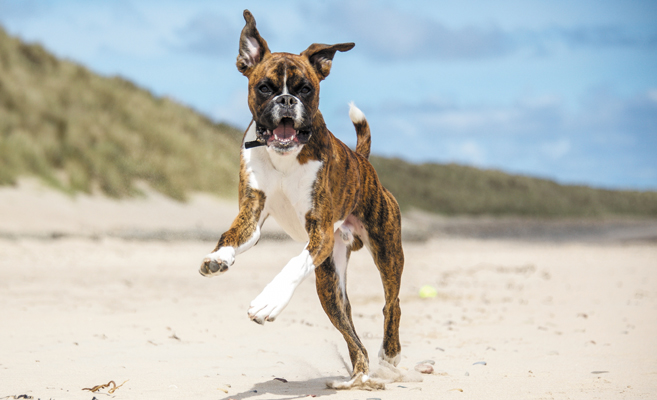As National Pet Month gets underway, veterinary experts say that recognising when a pet is overweight is their top issue for concern.
More than one in five of those polled by the Veterinary Animal Welfare Coalition – which is made up of leading veterinary organisations and vet-led animal charities – said the number one thing they wished their client knew about their pet was diet-related.
Pet obesity is an issue which the Pet Food Manufacturers’ Association has been tackling for many years. It produced an obesity report in 2009 and an update, Pet Obesity: Five Years On, in 2014, and has developed a range of weight management tools to help professionals and owners understand how to keep pets healthy.
The PFMA’s Pet Size-O-Meters should be used alongside the easy to use Food Diary and Weight and Body Condition Log, which owners can print off. A spokesman said that it produced its materials for educational purposes and that advisors and retailers should not change the format or use them to sell particular products.
Last year, the PFMA developed calorie calculators for dogs and cats to work out how many calories they need per day, how many calories there are in their food, and how many grams of their food they should eat to maintain a healthy weight and body condition.
In Pet Obesity: Five Years On, the PFMA says that neglecting to feed and exercise pets to optimum levels can knock off up to two years of active life.
“Overweight pets, like humans, can suffer from a myriad of related health problems,” it says. “Obesity causes animals discomfort and illness that can result in both emotional distress and financial pressure for owners – just a 20% increase in body weight can contribute to conditions such as diabetes, osteoarthritis and cardiovascular and respiratory disease.”
For information on how to prevent pet obesity, visit www.pfma.org.uk
Image: Exercise pets according to their individual needs to help prevent obesity.


